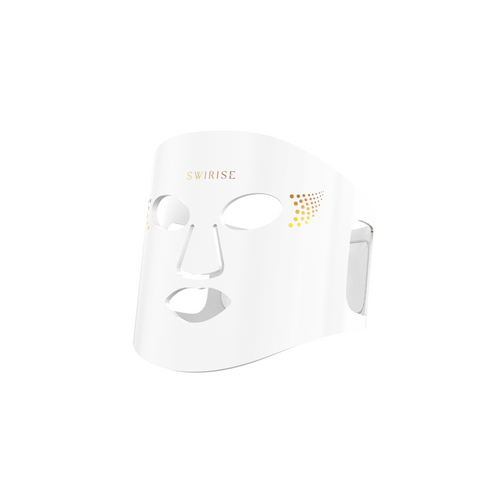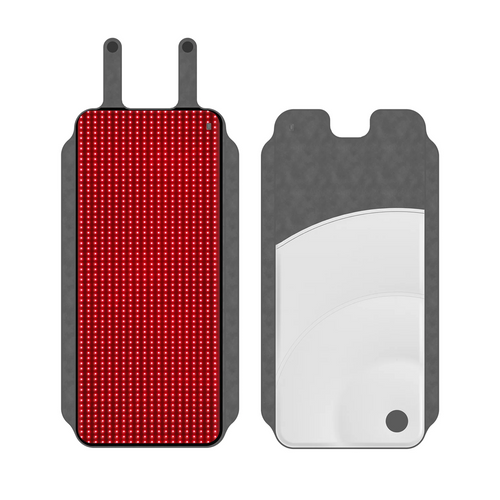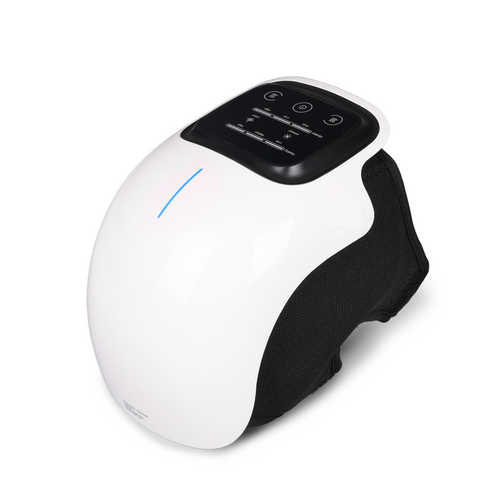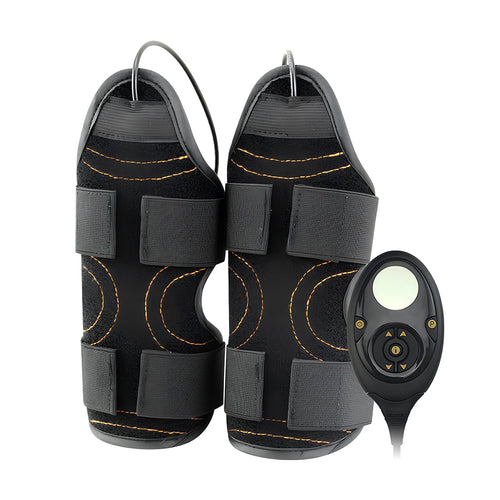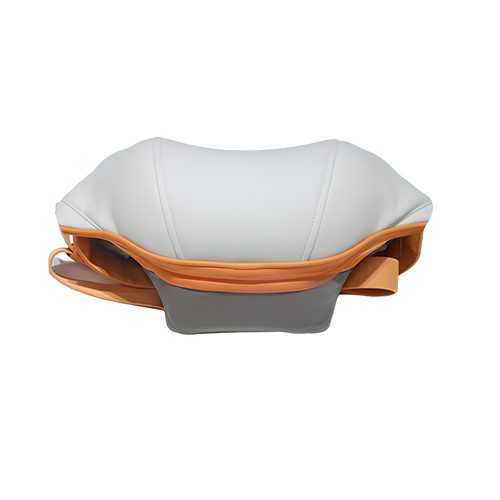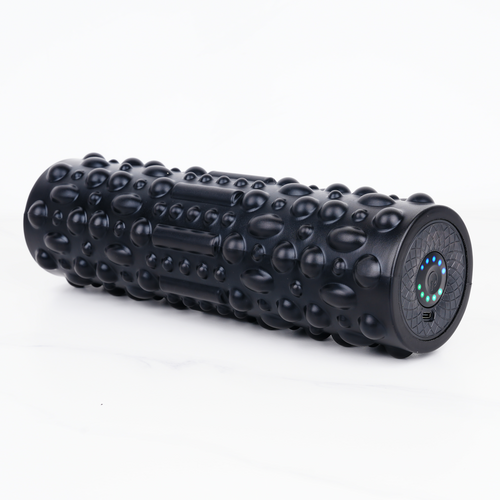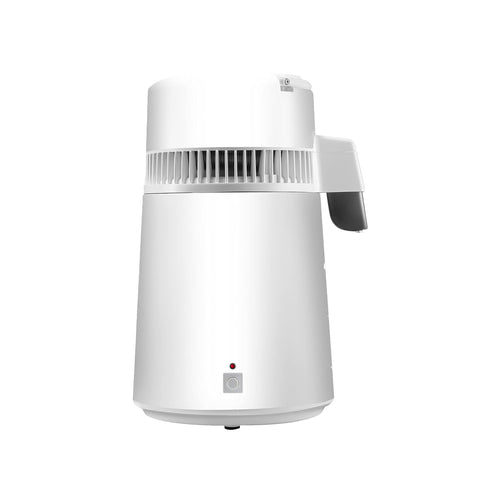
Pelvic Floor Exerciser: How EMS Technology Helps Women Regain Strength & Confidence
JustinLinFor many new mothers and women experiencing pelvic floor weakness, finding an effective, convenient solution is a priority. EMS-powered pelvic floor exercisers — wearable, hands-free devices that deliver targeted electrical muscle stimulation — are increasingly popular for postpartum recovery, urinary incontinence, and pelvic floor laxity. This article explains how EMS works, what clinical evidence shows, and how to use devices like the Swirise EMS Toning Shorts safely and effectively.
Why pelvic floor training matters
The pelvic floor is a group of deep muscles that support your bladder, uterus, and bowel, and help control continence and sexual function. Pregnancy, childbirth, aging, heavy lifting, and even chronic coughing can weaken these muscles, leading to issues such as:
- Stress urinary incontinence (leakage during coughing, sneezing, or exercise)
- Urgency or frequent urination
- A feeling of pelvic heaviness or prolapse
- Reduced vaginal tone and sexual sensitivity
Rebuilding pelvic floor strength restores function — and confidence. While traditional Kegel exercises work, many women struggle to perform them correctly or consistently. That’s where a pelvic floor exerciser that uses EMS can help.
What is a pelvic floor exerciser (EMS)?
A Pelvic Floor Exerciser is a device designed to activate and strengthen the deep pelvic muscles through controlled contractions. Modern wearable versions use Electrical Muscle Stimulation (EMS): gentle electrical pulses that cause involuntary, rhythmic contractions of the pelvic floor muscles, mimicking the effects of Kegels but with higher precision and consistency.
Key advantages of EMS pelvic floor exercisers:
- Targeted activation of deep muscle layers (levator ani, pubococcygeus)
- Hands-free, guided sessions that remove guesswork
- Repeatable protocols that ensure consistent progress
How EMS works
EMS devices deliver short electrical pulses (commonly in the 25–50Hz range) to motor nerves, which then trigger muscle contractions. For pelvic floor training, these contractions:
- Improve muscle tone and strength
- Enhance blood flow and tissue recovery
- Increase neuromuscular control so you can better perform voluntary Kegels
When used regularly, EMS can accelerate the rebuilding of pelvic support and help reduce symptoms like leakage or pelvic discomfort.
Clinical benefits: postpartum recovery, urinary incontinence & pelvic laxity
Clinical studies and rehabilitation protocols often include EMS as part of pelvic floor therapy. Typical outcomes reported with regular EMS use include:
- Reduced urinary leakage and improved continence
- Increased pelvic floor muscle strength and endurance
- Faster rehabilitation after childbirth compared with no intervention or inconsistent Kegel practice
- Reduced pelvic pain and improved pelvic organ support in mild-to-moderate cases
A practical timeline many clinicians observe: users can notice initial improvements in bladder control within 3–6 weeks, and more substantial strength gains after 6–12 weeks of consistent use.
EMS vs. Kegels: Complementary, not mutually exclusive
EMS devices and traditional Kegel exercises work toward the same goal — stronger pelvic floor muscles — but they do so in different ways and are best used together.
- Muscle targeting: EMS reliably reaches deep pelvic muscles (like the levator ani and pubococcygeus) by directly stimulating the motor nerves, while Kegels are voluntary contractions that often activate more superficial muscles unless performed with correct technique.
- Required skill and consistency: Kegels demand body awareness and proper form; many people do them incorrectly or inconsistently. EMS is low-skill and guided — it produces automatic, repeatable contractions so beginners can get effective training without mastering technique first.
- Timeline for results: EMS often produces noticeable improvements faster (commonly within 4–8 weeks when used regularly) because of the high number of controlled contractions per session. Kegels can be highly effective but typically take longer for beginners or those who struggle to isolate the right muscles.
- Best use cases: EMS is particularly helpful for postpartum women, those with poor muscle awareness, or people seeking a time-efficient, hands-free solution. Kegels remain valuable for maintenance, refining voluntary control, and as part of an ongoing pelvic health routine.
EMS and Kegels are complementary. Use EMS to jump-start or accelerate strengthening and pair it with voluntary training (Kegels) and functional exercises to build lasting neuromuscular control and endurance.
Product spotlight: Swirise EMS Toning Shorts
- Overview: FDA‑Cleared EMS technology for glute lift, thigh sculpting, and pelvic floor strengthening.
- Real Results :
94.7% of users reported a fuller, rounder glute shape in 6 weeks.
93.8% noticed visible thigh improvement in 5 weeks.
95.2% experienced reduced pelvic discomfort in 4 weeks.
- Session equivalence: Each 15‑minute session is marketed as the equivalent of up to 6,000 squats, 8,000 lunges, or 40,000 Kegels, delivering up to 50,000 deep muscle contractions per session.
- Design: Lightweight, soft fabric; no gel or pads required — wear-and-go convenience.
- Modes: Hip mode, Pelvic floor mode, Thighs mode — one garment, three functions.
- Claims of evidence base: Built on FDA‑Cleared EMS technology referenced to extensive peer-reviewed literature and clinical trials.
How Swirise fits the pelvic floor use case:
Swirise is positioned as a multi‑function lower‑body trainer that includes a dedicated pelvic floor activation program. For women seeking a combined solution (glute shaping + pelvic floor rehab), Swirise’s hands‑free shorts simplify adherence — a key predictor of success.
How to use an EMS pelvic floor exerciser safely and effectively
- Check clearance & claims — Prefer devices that are FDA‑cleared for pelvic floor use or validated by clinical testing.
- Start low, progress gradually — Begin at a comfortable intensity and increase as you build tolerance.
- Follow the recommended protocol — Many wearable EMS devices recommend daily 15‑minute sessions; expect to use the device regularly for 4–12 weeks to see measurable change.
- Combine with pelvic floor education — Work with a pelvic floor physiotherapist if possible to ensure optimum results and rule out serious conditions like advanced prolapse.
- Watch for red flags — Stop and consult a clinician if you experience sharp pain, worsening symptoms, or unusual vaginal bleeding.
Realistic expectations & who benefits most
Most likely to benefit:
- Postpartum women with mild-to-moderate pelvic floor weakness
- Women with stress urinary incontinence or mild urgency symptoms
- People who struggle with correct Kegel technique or consistency
Less likely to benefit (without medical input):
- Severe pelvic organ prolapse — needs clinical evaluation
- Complex pelvic pain syndromes where stimulation might worsen symptoms (seek specialist advice)
Conclusion
A pelvic floor exerciser that uses EMS offers a science‑driven, user‑friendly option for women who want reliable pelvic muscle activation without the uncertainty of manual Kegels. When used responsibly — with realistic expectations and, when necessary, professional guidance — EMS devices like the Swirise EMS Toning Shorts can be a valuable part of postpartum recovery and ongoing pelvic health maintenance.
Final note: This article is informational and not medical advice. Consult a licensed healthcare professional for personalized diagnosis and treatment recommendations.

